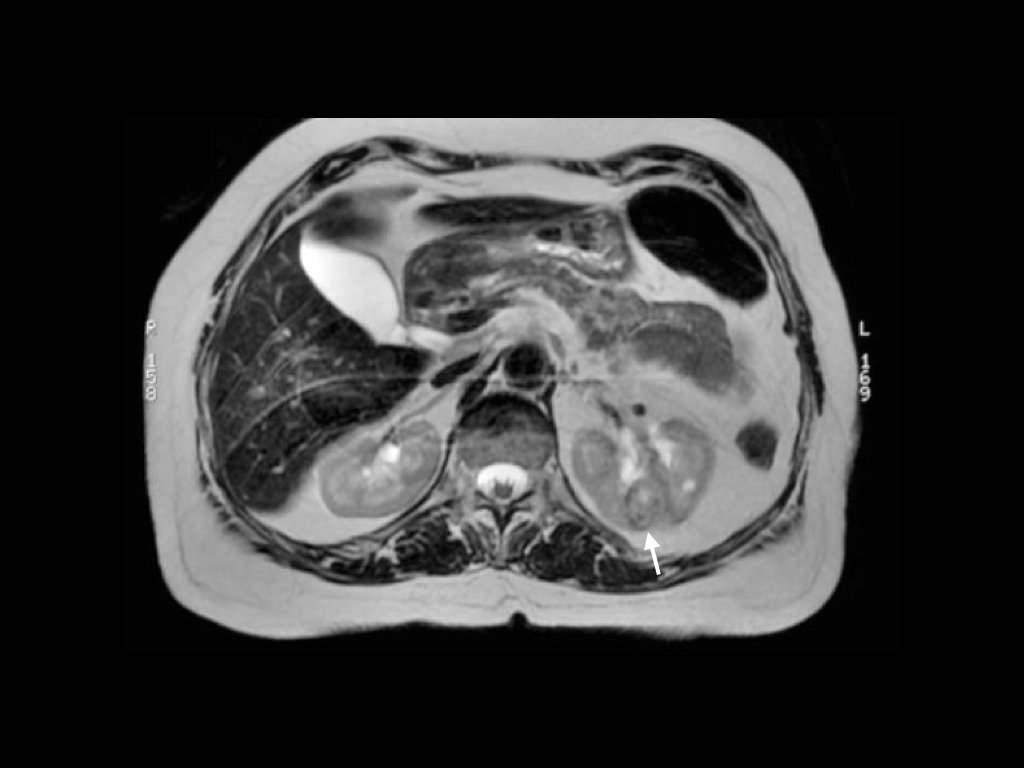Vol. 42 (1): 08-10, January – February, 2016
doi: 10.1590/S1677-5538.IBJU.2016.01.04
DIFFERENCE OF OPINION
Which is the best treatment on a 2 cm complete endophitic tumor on the posterior side of the left kidney?
Opinion: Robotic partial nephrectomy
Juan Arriaga 1, Rene Sotelo 2
1 University of Sonora, Hospital CIMA, Hermosillo Sonora, México; 2 USC Institute od Urology, University Southern California, USA
Keywords: Therapeutics: Neoplasms; Cryosurgery; Nephrectomy
The routine use of abdominal imaging has led to increased detection of small renal masses incidentally, even before they cause symptoms (1). Partial nephrectomy is now the standard therapy for the treatment of small renal masses in stage T1a and even for certain patients with T1b tumors, offering equivalent cancer control to radical nephrectomy with better preservation of renal function and improving survival (2). The recurrence-free survival at 5 years for small renal masses less than 4 cm and 4-7 cm is about 96% and 83% respectively (3). It has been found that radical nephrectomy can lead to an increased risk of chronic kidney disease (4), and is associated with a higher risk of adverse cardiac events, hospitalization and death (5).
The location of the tumor and the endophytic component can be the determining factors on the feasibility and the degree of difficulty in performing a partial nephrectomy, even more important to consider than just the size of the tumor.
A completely intraparenchymal tumor is defined as an injury that is completely surrounded by normal renal parenchyma on all sides (6) or one located at a distance less than 5 mm of the collecting system or hilar vessels without exophytic component (7).
Partial nephrectomy is the treatment of choice for a tumor 2 cm diameter (3, 8) completely intrarenal on the posterior side of the left kidney, considering the context of clinical presentation such as age and comorbidities, even when the contralateral kidney is healthy.


